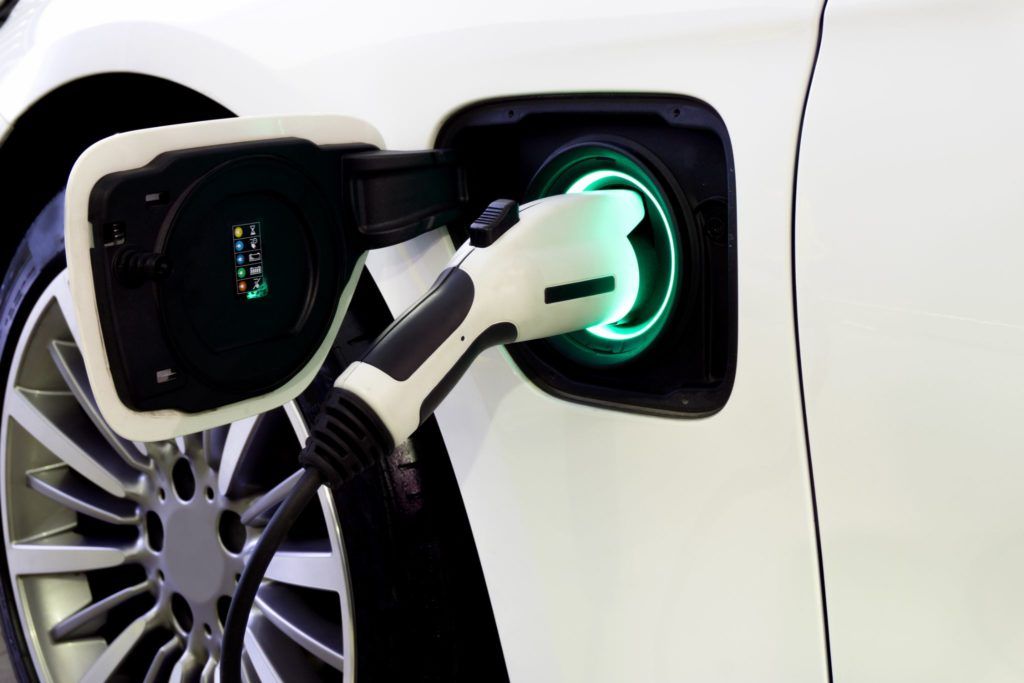A new report by Cenex claims that autonomous vehicles used in private hire taxi operations can achieve a 42% reduction in lifecycle global warming potential when designed with ultra-durable components, compared against the same vehicle with normal durability components.
Electric robotaxis will need to be capable of withstanding up to 1.5 million kilometres over their lifetime in future operating patterns, and ultra-durable components (such as the powertrain, battery and chassis) will offer lifecycle emissions savings compared to an equivalent, standard electric vehicle.
High vehicle utilisation and fewer replacement parts means a robotaxi built with ultra-durable components could total whole lifecycle emissions as low as 30 gCO2e/km.
Victor Lejona, Modelling & Analysis Team Leader at Cenex, said: “88% of current UK private car trips have just one or two passengers on board, and carry empty seats (and weight) for large proportions of time.
“Two-seater autonomous vehicles will drive very high total distances if they operate as right-sized robotaxi fleets that are placed in high trip demand areas of cities. This operating model will deliver emissions and economic benefits for cities, passengers and fleet operators.
“A commercial fleet of robotaxis can provide reasonable payback periods for the operators of 3 to 5 years when vehicle utilisation is high (> 80%), with the right fleet sizes and areas of operation.
“It must be noted that company costs not only originate from vehicles, energy and chargepoints, but also from overheads such as non-driving staff, marketing, and offices.
“We predict these lower rates for passengers will make robotaxis more appealing over private vehicle ownership in the future, alongside the lower carbon footprint and removal of barriers such as learning and being able to drive, capital expense of buying a car and a chargepoint, and finding and paying for a parking place.”
It is predicted that future urban populations will transition away from privately owned vehicles, with personal transport instead operating as part of a commercial fleet with high levels of utilisation and high mileage.
Under simulated scenarios across different areas of London, two-seater robotaxis covered up to 170,000 km/year, ten times the distance of conventional vehicle use, and would therefore require ultra-durable components to extend the lifespan and save on maintenance costs.
An ultra-durable powertrain (the focus of the Innovate UK funded RUBICON project between Cenex, Hexagon, and EMPEL) designed for a robotaxi offers a 4% reduction in global warming potential (GWP) across its whole lifecycle; despite being heavier and larger than a normal vehicle, the reduction in the number of component replacements across the vehicle’s lifespan still produces a GWP reduction.
The research found that extending the ultra-durable philosophy across all vehicles parts delivers a 42% GWP saving, and coupling this with optimised vehicle efficiency and low carbon grid electricity delivers a 72% reduction in GWP.
As well as environmental benefits, there are economic gains to operating a fleet of robotaxis with high utilisation and mileage.
A profitable robotaxi is calculated to cost passengers between $0.42/km and $0.71/km, compared to $5.5/km for current taxis.
For a robotaxi fleet operator in the London Central zone running at 80% vehicle utilisation and covering 100,000 km/year, the annual total business profit is calculated to be £6m for a fleet purely made of 500 2-seater robotaxis.
Project RUBICO – between Cenex, EMPEL Systems and Hexagon, and funded by Innovate UK’s Smart Grants competition – aimed to design a novel powertrain for use in an autonomous passenger carrying vehicle that has very high utilisation and runs for more than 1.5 million km.
The final white paper of the project, assesses the environmental and economic business case of ultra-durable vehicle components in autonomous applications.
Image courtesy of Cenex.







